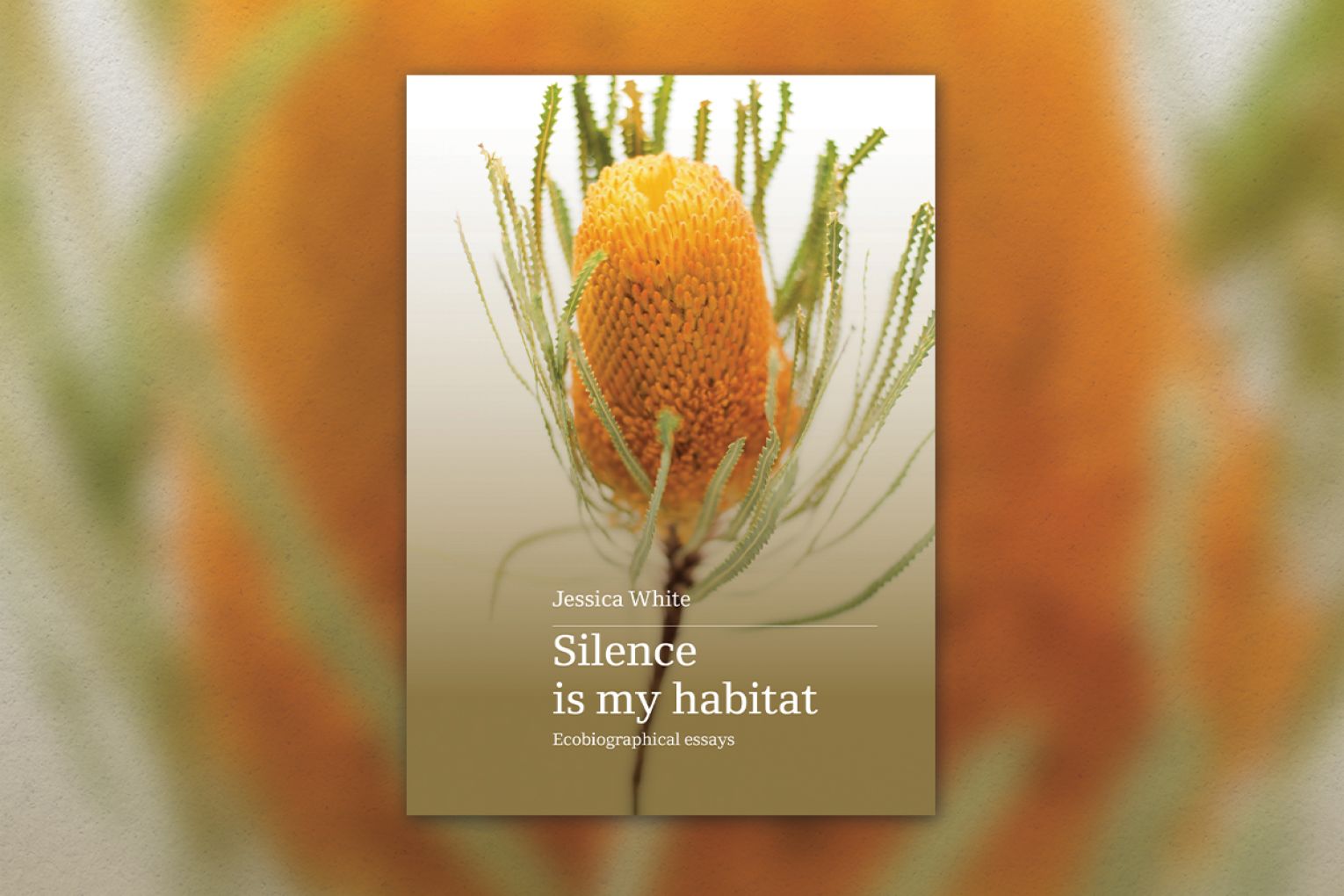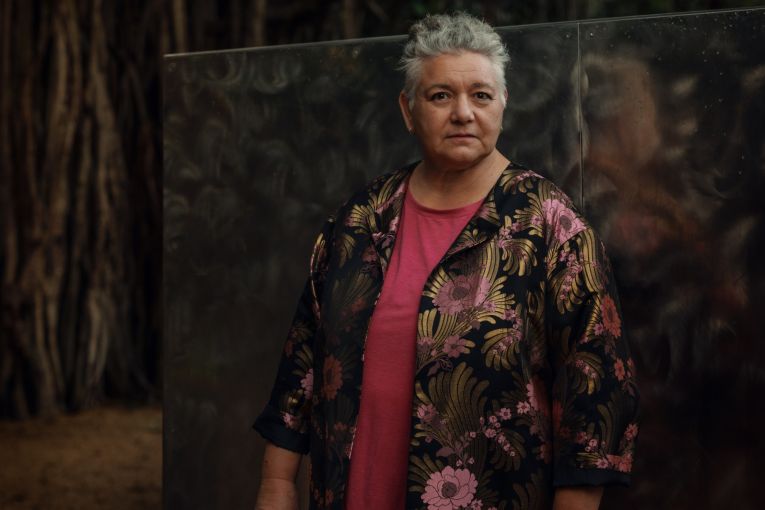Book review: Silence is my Habitat
In a deeply thoughtful, personal and cultural account of being deaf – and of being a deaf writer – Jessica White’s Silence is my Habitat adds to the shelves yet another impressive work in the field of deafness and disability, while making room for a new one: the ecobiographical essay.

To say Silence is my Habitat is a concise book of eleven linked essays on living deaf in a hearing world, is to resist seeing the work as a whole. In confident and contemplative prose, White begins with her early childhood of contracting meningitis and losing her hearing, writing, “My mother said I was often rubbing my ears as a child because they were sore with infections. Perhaps my nails were rimmed with dirt from digging, and perhaps that is how a shred of bacteria, whose ancestors were the first forms of life on earth four billion years ago, entered my body one spring morning a few months before my fourth birthday.” Leading onto her present day, where she is an academic and writer living on Kaurna land, White doesn’t so much return to the themes presented in the passage – deafness, her mother and nature – rather leans into them, puzzling each motif into a single mass of connected issues.
The central setting of the book is a grieving: White’s mother has died, and how is she to find a way without her in an already angst-ridden world where there’s rampant extinction and bleached reefs? The urgency of our eco-disaster is always present – however masterfully subtle – as is the grace and wonder carried to us through the land, the water and their nonhuman beings. In an essay on birds, White writes that people who mentioned her mother directly after her death did so by also mentioning the natural world, suggesting that, as in life, so too are we connected to the sky and its rain, to flowers and the willy wagtail in death.
Creating a place in the world as a deaf person (I am using White’s lowercase letter here, though many deaf people will use the uppercase to express deafness as cultural identification) means acquiring ways to communicate, but also ways to unravel oneself from communication entanglements, primarily through using silence. As an example, White writes about growing up with animals on a farm, and how those animals, unlike the humans she was in contact with, didn’t mind being stared at, and that she used her sense of sight to compensate for her loss of hearing in understanding the animals’ wants. She shows an innate awareness in both the act of communicating with the animals and in understanding that the communication is profound. As for communicating to humans, it’s trickier, more tiring – in fact it’s exhausting.
You might like
“I dream of small classes with captioning,” she writes about her ideal workplace, something she articulates boldly though concedes she was too frightened to mention out loud when she was climbing up the ranks of academia. She mentions Gallaudet, a university that utilises the concept of DeafSpace in its architecture, soft corners rather than hard edges, for instance, so a deaf person can see another person coming, eliminating the probability of the two running into each other because they couldn’t hear the approach. As White sets out the way she lives in the everyday, able-ready world, she reminds us to think about the way we readers move through it, about what we, as individuals, require to be the most useful person we can be.
And this is a way that Silence is my Habitat expresses inclusivity: though most readers will not be deaf, we will be prompted to recognise ourselves through our own limitations and fears. The book is a sharp and respectful reminder that we are all mere bodies sprung from the wombs of our mothers, dependent upon one another, on the land and on its many inhabitants if we are to endure as both a physical and emotional species. It’s a wholistic approach to encouraging communities of caring.
Silence is my Habitat: Ecobiographical Essays (Upswell Publishing) is out now

